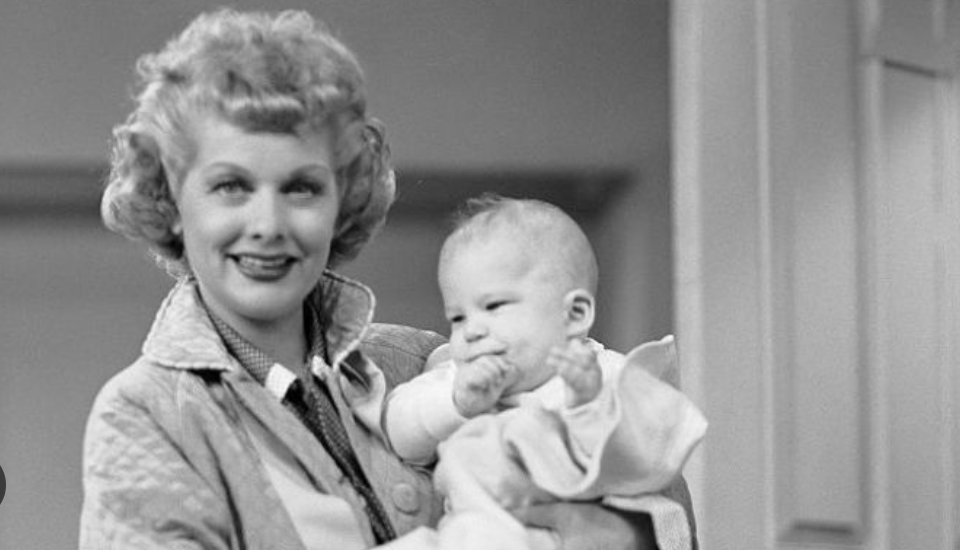
Decades after its initial broadcast, “I Love Lucy” remains a beloved and iconic television show. However, a newly resurfaced piece of television history reveals that one of its most significant episodes – the one addressing Lucy’s pregnancy in 1952 – nearly didn’t make it to air due to surprisingly strict censorship standards of the time.
In a period when depicting pregnancy on television was considered taboo, and even the word “pregnant” was reportedly forbidden, the decision to incorporate Lucille Ball’s real-life pregnancy into the show was a groundbreaking and contentious one. Initial reactions from network executives and even some viewers were reportedly apprehensive, highlighting the deeply conservative attitudes prevalent in 1950s American television.
The article delves into the fascinating behind-the-scenes negotiations and creative maneuvering employed by the production team to navigate these unprecedented restrictions. It explores how they cleverly worked around the linguistic limitations and visual concerns to sensitively and humorously portray Lucy’s pregnancy without explicitly using the forbidden word.

Ultimately, the episode aired and became a monumental turning point for television. This article examines why this seemingly simple storyline broke barriers, paving the way for more realistic portrayals of women’s lives and experiences on screen. It underscores how “I Love Lucy,” even in its comedic format, played a crucial role in challenging societal norms and pushing the boundaries of what was deemed acceptable for broadcast.
This shocking revelation serves as a compelling reminder of how much television has evolved and how a show as seemingly lighthearted as “I Love Lucy” was once at the forefront of social change, bravely venturing into territory that was previously considered off-limits.
